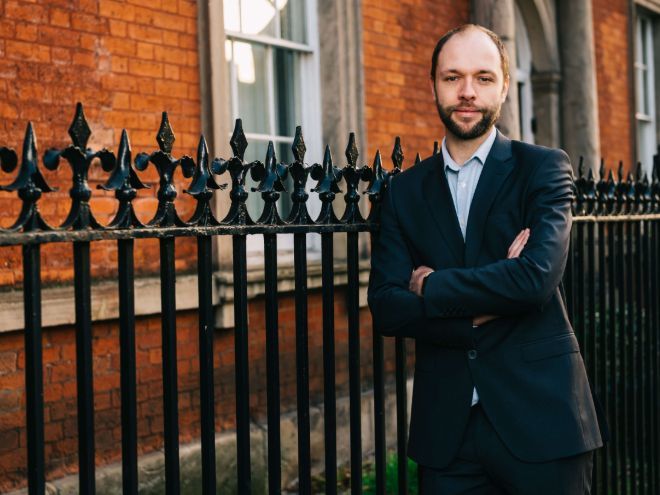Patents
Why Patent?
January 17, 2014
Why patent at all? If you are reading this, you probably do not need to be convinced, but the challenge sometimes arises “when we go down the patent route, we have to tell the whole world what we are doing, and we do not want our competitors to have this information”. Michael Skinner challenged his colleagues at Swindell & Pearson Ltd to produce a sound bite which addressed this challenge. Here are his thoughts on the results.
By Michael Skinner on Friday 17th January 2014
Eighteen Month Publication
Several colleagues emphasized that no details are published by the patent system for eighteen months. In many cases, the client is likely to make information available to competitors (at least by reverse engineering) long before the patent system will publish anything. The client keeps full control over publication for most of this eighteen month period - the application can be withdrawn to avoid publication, if that no longer seems appropriate. Any information which can be obtained from your activities by analysing a product, studying marketing literature etc. ceases to be patentable. This means that your own disclosure will immediately stop you getting a patent, but starting the patent process does not immediately create a disclosure - there is a delay of eighteen months and you can withdraw completely to avoid publication, if you wish. You can also consider delaying your early filing date in order to have a later publication date. You should discuss the implications with us. Other risks would be introduced. For example, someone else might invent something similar, and file a patent application before you.
Reverse Engineering
If your competitor is sufficiently interested in you to get hold of a copy of your patent application and study it, he will probably also have sufficient enthusiasm to analyse or reverse engineer your product or study any other information available through the marketplace.
Amount of Detail
The challenge might sometimes be based on an incorrect understanding of how much detail is required in a patent application. It is quite possible to obtain patent protection for an underlying principle, while still keeping some know-how secret - your patent application might not give your competitor as much detailed help as you fear. You should discuss this issue with us, if you are concerned. We routinely consider how much detail is necessary in a patent application, and whether commercially sensitive information can be kept back without damaging the application. If clients over-estimate the detail required for a patent application, I believe they may also under-estimate the amount of information made available to competitors by normal commercial activity. Someone who is determined to obtain and reverse engineer your product, and who is sufficiently skilled in the field to understand what they are looking at, can often obtain a significant amount of information of the type which would be found in a patent application, but not the know-how behind it. Thus, clients may be unnecessarily suspicious of the patent system, by failing to acknowledge the full implications of their own activities.
Asset Value
Once upon a time, a major manufacturer would have substantial value tied up in tangible assets (factory and office buildings, plant and machinery etc.). It is becoming increasingly common for tangible asset value to be reducing as a portion of the total business value. Component manufacture is outsourced (so that large premises are no longer required). Major assets are leased or used as collateral etc. On the other hand, intangibles such as know-how, goodwill and intellectual property form an increasingly large share of the asset value and they are increasingly important in the eyes of potential investors.
Keep off the Grass
Finally, it is not unknown for clients to find the mere existence of a patent or patent application serves as a “keep off the grass” notice which is respected by others, at least to some extent. Of course, one cannot be certain about this.
If not a Patent, What?
If a competitor starts to damage your market by doing something similar to what you have developed, how will you stop them using your technology if you have not got patent protection? Other forms of intellectual property protection might be available, but (in simple terms) they do not protect the underlying principle of the technology. A decision not to patent is a decision that you will never want to control a competitor in this way. Secrecy Of course, even leaving aside the discussion about patent disclosure and know-how, there are situations in which secrecy is the best option. A common example quoted to me is the COCA COLA recipe. They have achieved significant marketing advantage for many years by maintaining a mystique around the secret formula. This approach might be tempting for you (and perhaps lies behind the challenge which gave rise this article), but consider the following question. What will happen when your senior engineer moves to a new job with your rival, and you have made no provision for patent protection?
Swindell & Pearson has been helping businesses and individuals protect and defend their ideas, innovations and brands for over 130 years. With its head office in Derby, the firm also has offices in Stoke, Wolverhampton, Stafford, Sheffield and Burton. To find out how Swindell & Pearson can help you with any intellectual property requirements please get in touch via [email protected] or by telephone on 01332 367 051.

